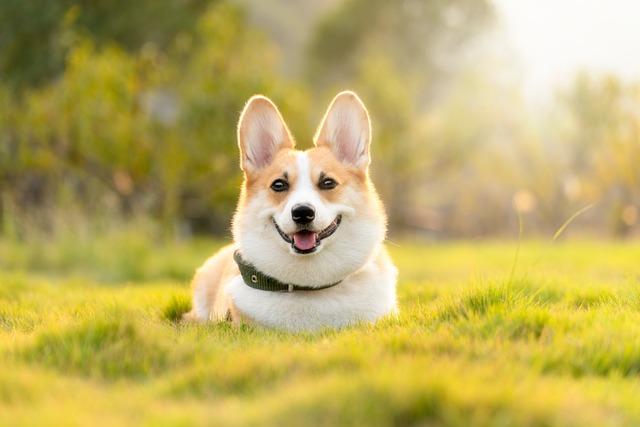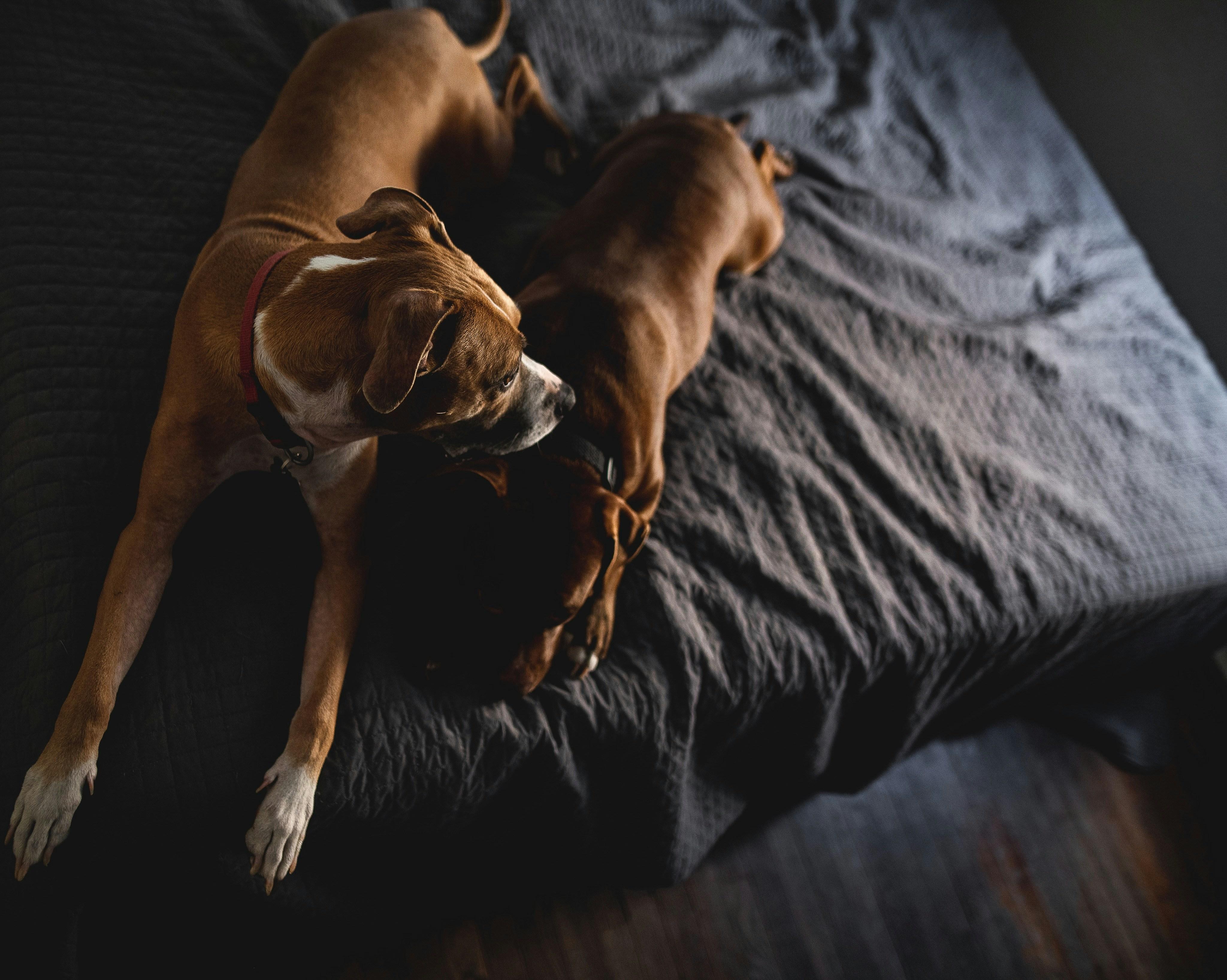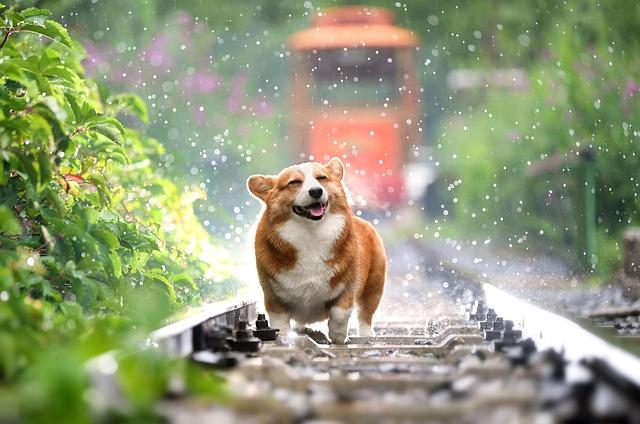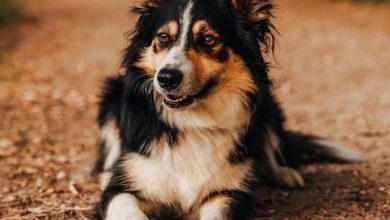Can Aggressive Dogs Be Safely Socialized With Other Pets

In the tranquil tapestry of domestic life, pets often weave themselves into the very fabric of our homes, bringing joy, companionship, and sometimes, a challenge. Among these challenges, perhaps none is more daunting than the presence of an aggressive dog whose behavior disrupts the harmony of the household. As tales of aggressive dogs abound—some menacing, others misunderstood—pet owners and animal enthusiasts alike find themselves asking: Can these spirited canines be safely socialized with other pets? This article embarks on a journey to explore this intricate question, delving into the nature of canine aggression, the potential for transformation, and the steps that can be taken to foster a peaceful coexistence. Through the lens of expert insights and heartwarming success stories, we aim to uncover the possibilities and limitations of socializing aggressive dogs, offering a balanced perspective on a topic that stirs both hope and hesitation.
Understanding Aggression: Decoding Canine Behavior
Socializing aggressive dogs with other pets can be a challenging yet rewarding endeavor. Understanding the root causes of aggression is crucial in determining the best approach. Often, aggression stems from fear, territorial instincts, or a lack of proper socialization during the critical puppy stages. Identifying the triggers that cause aggressive behavior is the first step in managing and eventually reducing these responses. Professional guidance from a canine behaviorist can be invaluable, as they can offer tailored strategies to address the specific needs of the dog. By creating a structured environment, gradually introducing new pets, and ensuring positive reinforcement, it is possible to foster harmonious relationships.
To safely socialize aggressive dogs, consider the following approaches:
- Controlled Introductions: Start with neutral territory and keep initial meetings brief and calm.
- Positive Reinforcement: Reward calm behavior with treats and praise to reinforce good interactions.
- Gradual Exposure: Increase the duration and frequency of interactions gradually, allowing the dog to become comfortable over time.
- Supervision: Always supervise interactions to intervene if necessary and ensure safety for all pets involved.
- Consistency: Maintain a consistent routine to provide stability and reduce anxiety for the aggressive dog.
With patience and persistence, even dogs with aggressive tendencies can learn to coexist peacefully with other animals, paving the way for a more inclusive and balanced home environment.

Creating a Safe Space: Essential Steps for Introducing Pets
When embarking on the journey of introducing a new pet into a home with an aggressive dog, creating a secure and welcoming environment is crucial. This involves a series of thoughtful steps to ensure that both the existing and new pets feel safe and comfortable. Begin with gradual introductions; allow your pets to sniff each other through a barrier like a gate or a crate. This can help them get accustomed to each other’s scents without direct contact.
Essential considerations include:
- Providing separate spaces for each pet initially, giving them time to adjust at their own pace.
- Ensuring all pets have access to their own food, water, and toys to prevent resource guarding.
- Supervising all interactions closely and intervening if any signs of aggression arise.
Positive reinforcement is key during this process. Reward calm behavior with treats and praise, reinforcing the idea that other pets are not a threat. By creating a structured environment and establishing clear boundaries, you pave the way for a harmonious multi-pet household.

Training Techniques: Building Trust and Reducing Aggression
When embarking on the journey to safely socialize aggressive dogs with other pets, it is crucial to employ techniques that foster trust and diminish aggressive tendencies. Begin with positive reinforcement methods that reward calm and non-aggressive behavior. Use treats, praise, and affection to create positive associations with other animals. Gradual desensitization is another effective strategy, where the aggressive dog is slowly introduced to other pets in a controlled environment, allowing them to adjust at their own pace.
- Start with short, supervised interactions and gradually increase the duration as the dog becomes more comfortable.
- Ensure that both the aggressive dog and the other pets have safe spaces to retreat to if needed.
- Implement consistent routines to provide a sense of security and predictability for the dog.
- Utilize calming aids such as pheromone diffusers or anxiety wraps if necessary.
Patience and consistency are key in this process. It’s important to remain calm and assertive, as dogs can sense and react to human emotions. Engaging the help of a professional dog trainer or behaviorist can also provide invaluable guidance and support.

Professional Guidance: When to Seek Help from an Expert
Understanding when to reach out for professional assistance can make all the difference in safely socializing an aggressive dog. Signs that it’s time to consult an expert include:
- Persistent aggressive behavior despite basic training attempts.
- Escalation in aggression or unpredictable triggers.
- Physical harm to other pets or people.
- High anxiety levels in your dog around other animals.
Professional dog trainers or behaviorists bring invaluable expertise to the table. They offer a structured approach tailored to your dog’s specific needs, ensuring both safety and progress. By evaluating your dog’s behavior and the environment, they can create a customized plan that considers:
- Root causes of aggression.
- Gradual exposure techniques.
- Positive reinforcement strategies.
- Safe spaces for interaction.
Leveraging their knowledge can provide peace of mind and a clear path forward, transforming challenging behavior into harmonious coexistence.
Future Outlook
As we navigate the complex journey of integrating aggressive dogs with other pets, it becomes clear that patience, understanding, and expertise are our most valuable allies. While challenges undoubtedly arise, the potential for transformation is profound. Through careful assessment, tailored training, and a commitment to safety, the path to peaceful coexistence can indeed be paved. Whether you’re a seasoned pet owner or embarking on this endeavor for the first time, remember that every small step forward is a testament to the resilience and adaptability inherent in both humans and animals. The harmony we seek may be a gradual process, but it is one worth pursuing, where each successful interaction echoes the possibility of a more harmonious future for all our furry companions.



